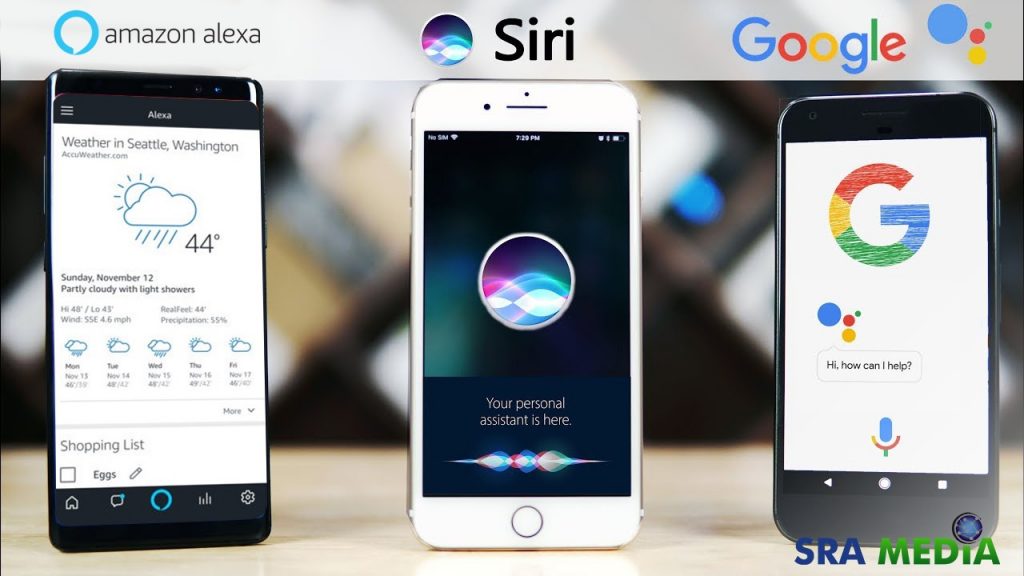New internet audiences, Nowadays voice is the preferred mode of input for Searching-
Laptop and mobile screens have been the primary ways users have interacted with the internet. However, with the advent and growth of voice assistants, particularly smart speakers like Google Home and Amazon Echo, this is changing and changing fast!
The interaction has now started happening through voice, with smart speakers, without using a screen in most cases. The focus is now shifting to building conversational User Interfaces and screen User Experiences. Voice is a much easier and effortless way to interact as compared to typing on a small screen device. For example, say you wanted to know who the CEO of Google is. If you’re using a laptop, you would just head to Google and type “Microsoft CEO”. If you’re using a personal assistant like Siri or Alexa, you would ask “Who is the CEO of Microsoft”. After typing so many results we can see but in case of voice, we get the result immediately.
Communicating with technological devices via voice has become so popular and natural that we may be justified in wondering why the world’s richest companies are only bringing these services to us now.
After Siri, Microsoft launched Cortana, Amazon launched Alexa, and the wheels were set in motion for the current battle for supremacy among the tech giants’ respective speech recognition platforms.
In essence, we have spent hundreds of year’s teaching machines to complete a journey that takes the average person just a few years. Starting with the phoneme and building up to individual words, then to phrases and finally sentences, machines are now able to understand speech with a close to 100% accuracy rate. Their ambition is helped greatly by the fact that the technology is now genuinely useful in the accomplishment of daily tasks. Ask Alexa, Siri, Cortana, or Google what the weather will be like tomorrow and it will provide a handy, spoken summary. It is still imperfect, but speech recognition has reached an acceptable level of accuracy for most people now.
The current digital assistants can interpret speech very well, but they are not the conversational interfaces that the technology providers want them to be.
In the future, these features will be improved in many ways and people also find lots of voice searching input. It will also help to reduce the time taken for searching.


Digital Marketing Trends to Watch - SRA Media
Habits should change along with SEO so google’s approach is to serve the best content based on the intent of the searcher and also
Alix Houston
Nice Article and meaningful too, I agree with authour nowadays voice is the preferred mode of input searching.